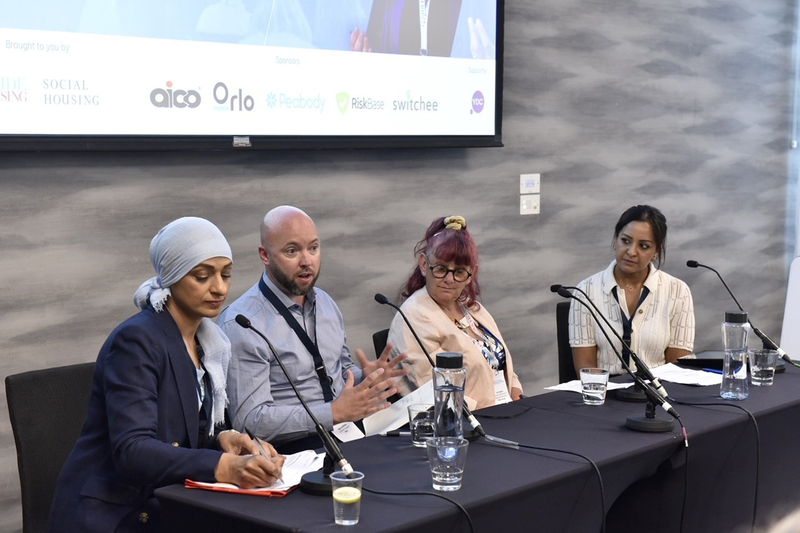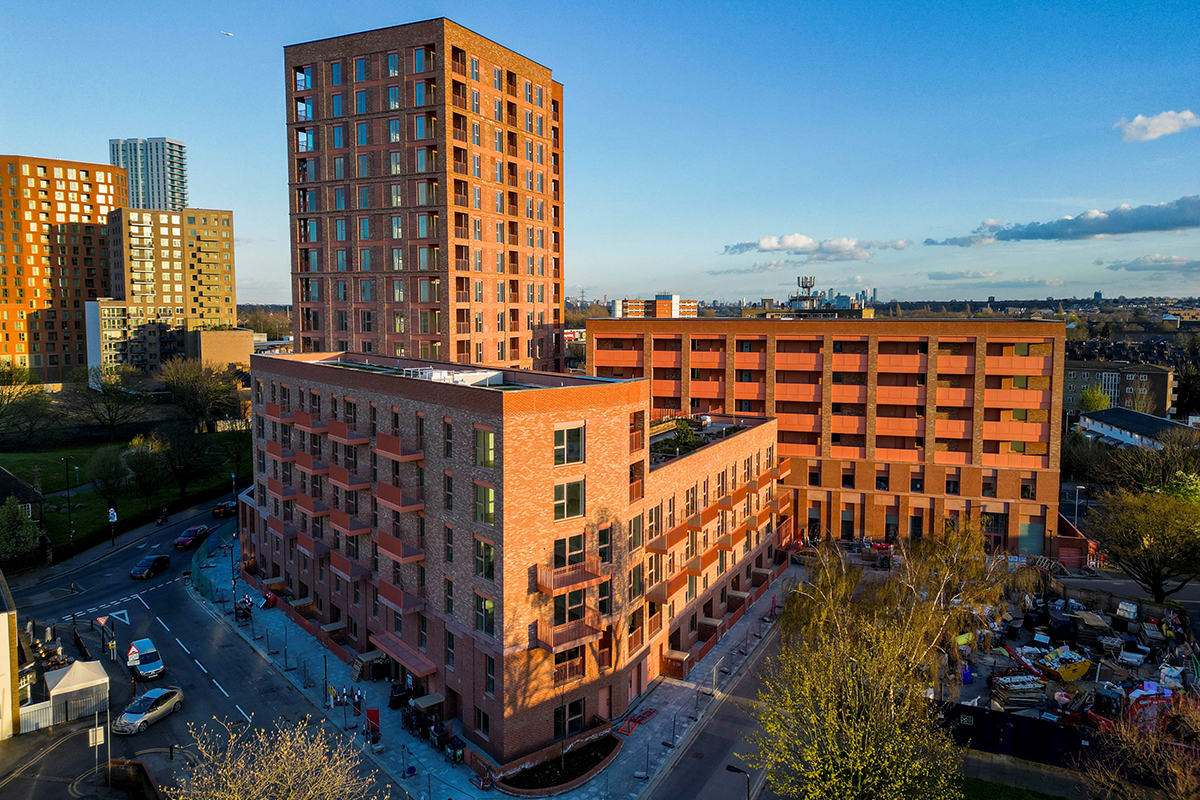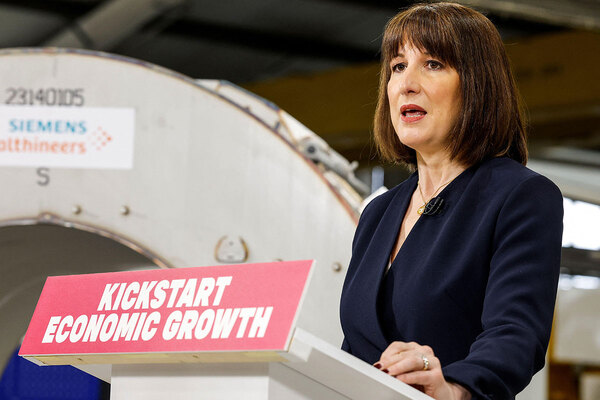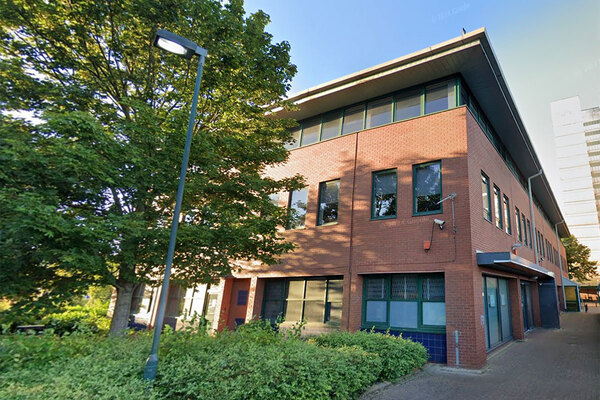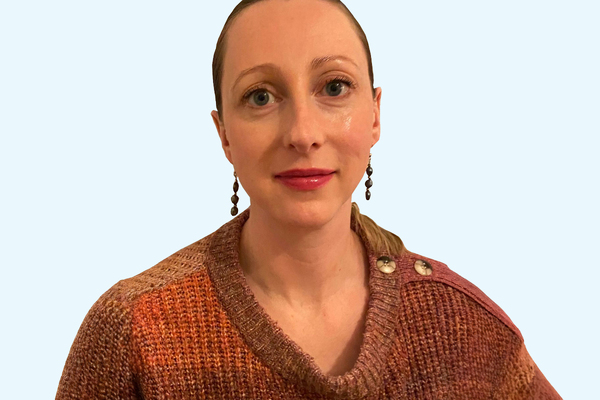You are viewing 1 of your 1 free articles
Sector ‘absolutely not’ ready for Awaab’s Law, residents say
The sector is “absolutely not” ready for Awaab’s Law, delegates at Inside Housing’s Tenant and Resident Engagement Conference heard on Tuesday.
During a session on the new law, which will legally oblige social landlords to respond to repairs within specific timescales, a leaseholder said the council landlord she deals with has failed to address the damp in her home for nearly a year, while her neighbours are going through the same.
“One of the questions that was posed at the beginning of this conversation was, ‘Is the sector ready for Awaab’s Law?’ The answer is absolutely not,” she said.
Much of the sweeping reforms of the sector, the catalyst for which was the Grenfell Tower fire and then further strengthened following the death of two-year-old Awaab Ishak, were made into law through the Social Housing (Regulation) Act 2023.
Awaab died from prolonged exposure to mould in a Rochdale Boroughwide Housing flat in December 2020. His family had been complaining about the state of the property for years.
Four months after the inquest into the toddler’s death in 2022, following a campaign by Manchester Evening News and Shelter, the government tabled an amendment to the act called Awaab’s Law.
It launched a consultation on the proposals in Awaab’s Law earlier this year, including a legal requirement for landlords to investigate hazards, such as damp and mould, within 14 days and to rehouse tenants where a home cannot be made safe.
Once a hazard is identified, the landlord must start fixing it within a further seven days, and make emergency repairs within 24 hours.
However, when the timescales were mentioned during the session on Tuesday, an audience member said “that’s not true”.
She said: “I’ve dealt with some pretty major leaks in my building and there is nobody more expert than me. So when you’ve got residents that are ringing in day after day after day over the course of a year and the landlord has not recognised [there is a problem in the building].”
She said 16 floors and 24 properties were affected and it “took a year for the landlord to register the fact that there was a problem”.
“It took me to track and trace through all those properties to get something done,” she said.
Panellist Shabana Yousaf, director of property, building safety and compliance at Arhag Housing Association, said the timescales are the law and if organisations are not following it, “then they need to be held to account”.
“If [a landlord] fails, we need to put our hands up, we need to put it right. That’s the least we can do,” she stated.
The leaseholder in the audience who spoke about the council landlord bought her home in 2022.
She said: “I understand the issues that are happening within the sector, within non-profits overall.”
She said one of the first things she did was meet with neighbours with the aim of resurrecting the residents association, which had previously been very active.
“What I came to find out was that the person who had basically carried the residents association for a really long time during COVID just got totally burned out and had enough,” she explained.
“One of the questions that was posed at the beginning of this conversation was, ‘Is the sector ready for Awaab’s Law?’ The answer is absolutely not.”
She said she has been emailing the council about damp in her property for nearly a year. “Within that year, I’ve come to understand that almost every single one of my neighbours around me are dealing with exactly the same problem,” she said.
She added that contractors leave work until the last minute, while the council’s processes are “not fit for purpose”.
Ms Yousaf said the resident must go back to the council and contractors and “hold them to account”, offering to speak to her outside of the session.
Residents have previously raised concerns about Awaab’s Law and the potential for the onus to be on them to force their landlords to act.
Earlier in the packed session, Ms Yousaf said Arhag has been advocating for residents around damp and mould.
Over the past two years, the landlord has also moved away from having temporary staff to permanent staff and making sure they are “properly trained up” and taking them out on site.
“So when we get a call from a resident saying they’ve got damp and mould, we will take our customer-facing staff to show them the journey so they can appreciate what a resident is up against,” she explained.
Sue Hodgson, resident and member of the customer scrutiny panel at Mears, spoke about problems gaining access.
“There are multiple reasons for this, appointment times that are not suitable for the tenant, also a lack of knowledge about why it’s so important to have health and safety aspects of the property examined.
“There are also vulnerable groups with mental health difficulties. The sector has now got to engage with them better,” she said.
Ms Hodgson said later: “Sometimes people have health issues and they are really frightened to let people in their properties. The landlord should engage with them all, go out on visits and find out the best way to communicate with them.”
Sign up for our asset management newsletter
Already have an account? Click here to manage your newsletters
